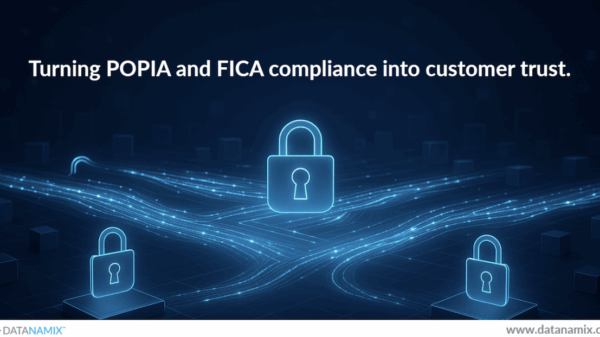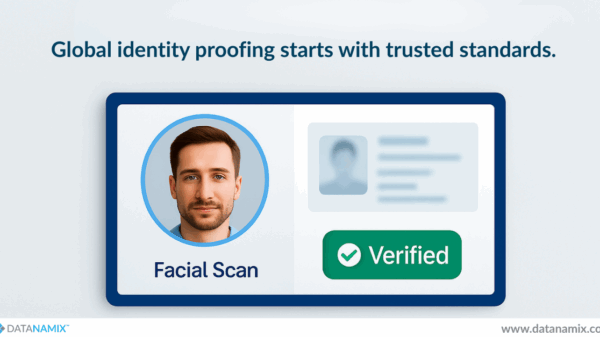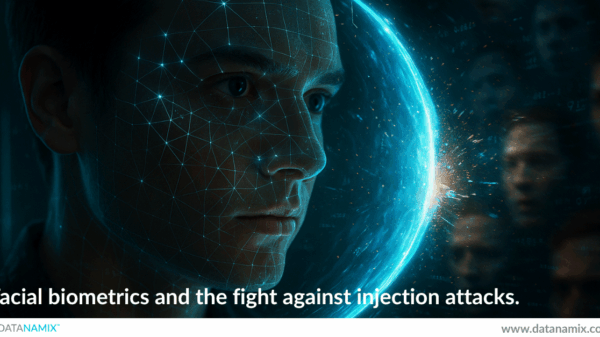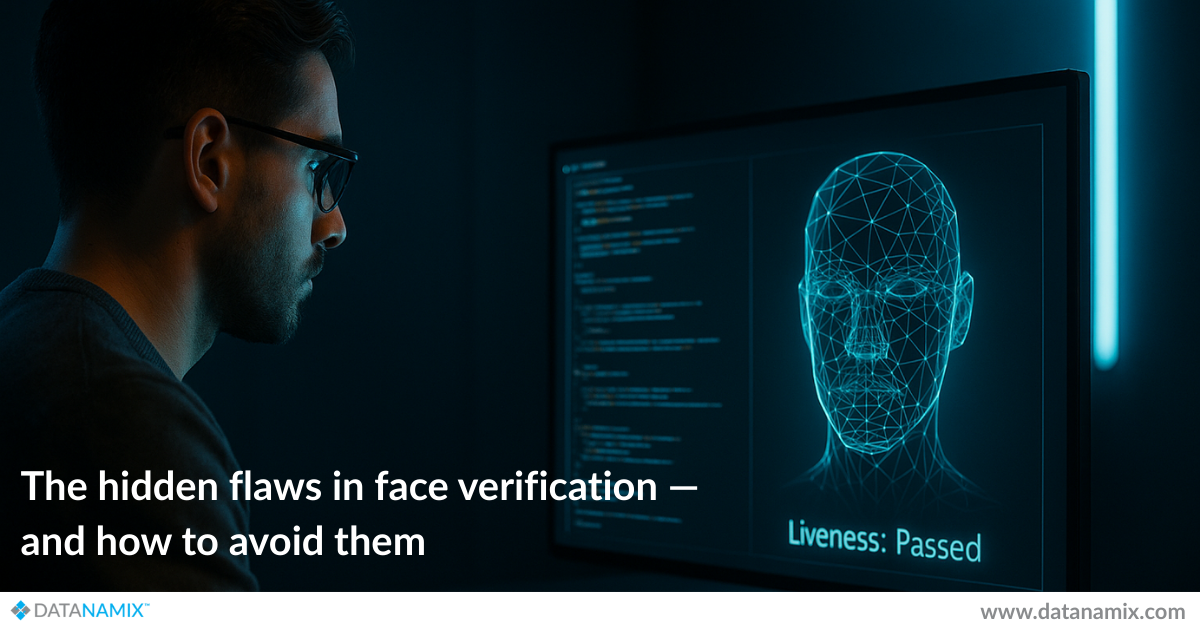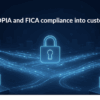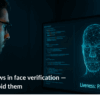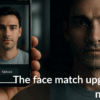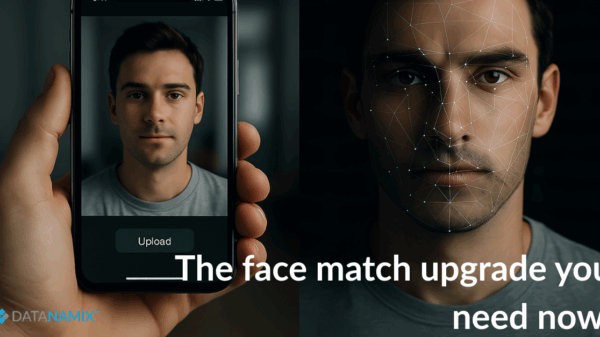Face verification with ISO/IEC 30107-3: Standards, PAD, and attack resistance
Face verification isn’t just another feature in your Identity Verification (IDV) stack; it’s a frontline defence against fraud. When implemented without recognised standards like ISO/IEC 30107-3 and rigorous Presentation Attack Detection (PAD) testing, face verification becomes the weakest link.
Too many systems still treat face verification as a plug-and-play API, ignoring critical metrics such as APCER¹, BPCER², and RIA PAR³. The result? Solutions that look solid in demos but collapse under real-world conditions, leaving businesses exposed to presentation and injection attacks, compliance failures, and costly rework. Done right, face verification — with rigorous PAD and proven attack resistance — guarantees resilience, regulatory trust, and sustainable security.
How you can spot the gaps in face verification standards
When evaluating face verification solutions, it’s not enough to accept surface-level vendor claims. ISO/IEC 30107-3 is the globally recognised benchmark for Presentation Attack Detection (PAD), defining how biometric systems should detect and resist presentation attacks. But beware of vendors who cite the standard without publishing transparent APCER (Attack Presentation Classification Error Rate) and BPCER (Bona Fide Presentation Classification Error Rate) metrics. Without these figures, it is impossible to know if a system truly meets the standard in practice or delivers genuine attack resistance.
The gap between passing a controlled lab test and surviving a real-world attack is enormous. That’s why buyers, compliance teams, and technology leaders should insist on independent certification, not vendor-run self-assessments. In the face verification space, paper compliance is meaningless without proven PAD results and evidence of real-world attack resistance.
Why defending against presentation attacks in face verification matters
Presentation attacks are the Achilles’ heel of face verification. These attacks range from printed photographs to high-resolution replay videos, hyper-realistic masks, and deepfake animations. Without advanced PAD, a face verification system can be tricked in seconds by inexpensive, widely available spoofing methods, leaving organisations without true attack resistance.
ISO/IEC 30107-3 outlines testing for these scenarios, but meeting the standard on paper is not enough. Buyers, compliance teams, and technology leaders should demand vendors who test against multiple spoof types, under varied lighting and environmental conditions, and who continue testing as new attack methods evolve.
RIA PAR (Remote Identity Assurance Presentation Attack Risk) analysis adds further value here, helping teams assess the real-world exposure to spoofing in their deployment context.
The takeaway is clear: In face verification, ignoring presentation attacks is more than just risky, it is negligent.
How to use PAD metrics to validate face verification
PAD metrics are the most reliable predictor of whether face verification can resist real-world attacks while still serving genuine users effectively. APCER (Attack Presentation Classification Error Rate) shows how often spoofing attempts are wrongly accepted, while BPCER (Bona Fide Presentation Classification Error Rate) measures how often genuine users are wrongly rejected. Together, these metrics reveal whether a system has genuine attack resistance or simply performs well in demos.
The consequences are direct. A high APCER means fraudsters are bypassing security; a high BPCER means legitimate customers are being locked out. Business leaders, compliance teams, and product owners need to understand both sides of this balance. A face verification solution with near-zero APCER but unacceptably high BPCER will frustrate real users, driving up support costs and churn. Conversely, a system that prioritises convenience over PAD testing might look smooth in friendly conditions but collapse under targeted presentation or injection attacks.
The bottom line: without monitoring PAD metrics, you risk deploying a solution that is either unusable or unsafe.
Why you should be wary of DIY face verification builds
The temptation to build a face verification system in-house is understandable. Frameworks, open-source libraries, and facial recognition APIs are widely available. But biometric security is an area where DIY approaches almost always fail. Without access to diverse PAD datasets, extensive spoof media, and real-world environmental testing, in-house teams inevitably miss vulnerabilities that fraudsters can exploit.
Even if internal builds achieve acceptable accuracy in controlled conditions, field realities are far less forgiving. Variations in camera quality, network speed, lighting, and user behaviour all impact reliability. Without robust anti-spoofing and proven attack resistance, a homegrown system will collapse against determined attackers. And without formal certification, organisations face compliance risks, especially in regulated industries such as finance, insurance, and telecoms.
How to ensure face verification compliance without the headache
Compliance in identity verification is a moving target. Regulations evolve quickly, and staying aligned requires ongoing monitoring and certification. The most effective route is to work with a solution provider that
- holds proven ISO/IEC 30107-3 certification,
- publishes transparent PAD testing results, and
- offers independent validation of APCER and BPCER metrics.
By doing so, organisations avoid the cost and complexity of continuous internal PAD testing and recertification. More importantly, they reduce the risk of reputational damage and regulatory penalties if their face verification system fails under audit.
Choosing a certified partner means your teams can focus on integration, user experience, and business performance, without worrying about hidden flaws in attack resistance.
Why you need to think like attackers in face verification projects
One of the most effective ways to secure face verification is to adopt the mindset of an attacker. Understanding how presentation and injection attacks work — from simple printouts to sophisticated deepfake spoofs — allows organisations to pressure-test systems before fraudsters do.
This means testing beyond friendly, compliant user scenarios. Simulating network latency, using substandard cameras, or applying extreme lighting can expose weaknesses that attackers would exploit in the field. Teams that actively hunt for these flaws, rather than relying on vendor assurances, are the ones who end up with systems that deliver genuine PAD strength and attack resistance.
How to future-proof face verification
The threat landscape in biometrics is evolving rapidly. New attack types emerge, regulations tighten, and customer expectations demand seamless onboarding experiences. Organisations must select face verification solutions that are adaptable; capable of incorporating new PAD techniques, complying with updated ISO standards, and integrating with emerging digital identity frameworks.
Future-proofing means choosing solutions with modular architectures, API-first design, and a vendor roadmap for continuous security enhancement. Companies that fail to plan for evolution risk being locked into outdated, insecure technology within a year of deployment, exposing their IDV stack to unnecessary risk.
In conclusion
Those responsible for implementing face verification have a choice: Settle for the bare minimum and hope it holds, or take a standards-driven, metrics-focused, attacker-aware approach. The latter demands more scrutiny, more testing, and more due diligence, but it is the only path to a deployment that withstands both regulatory inspection and real-world presentation and injection attacks.
At Datanamix, we help organisations implement face verification solutions that meet ISO/IEC 30107-3 standards, pass rigorous PAD testing, and balance attack resistance with user experience. For businesses that want to get it right the first time, it is the smarter move.
Request a demo here.
Glossary of Key Metrics
¹ APCER (Attack Presentation Classification Error Rate): How often spoof attacks are accepted as real users. Lower is better.
² BPCER (Bona Fide Presentation Classification Error Rate): How often genuine users are wrongly rejected. Lower is better.
³ RIA PAR (Remote Identity Assurance Presentation Attack Risk): A risk analysis measure of how vulnerable systems are to spoofing in real-world conditions.

